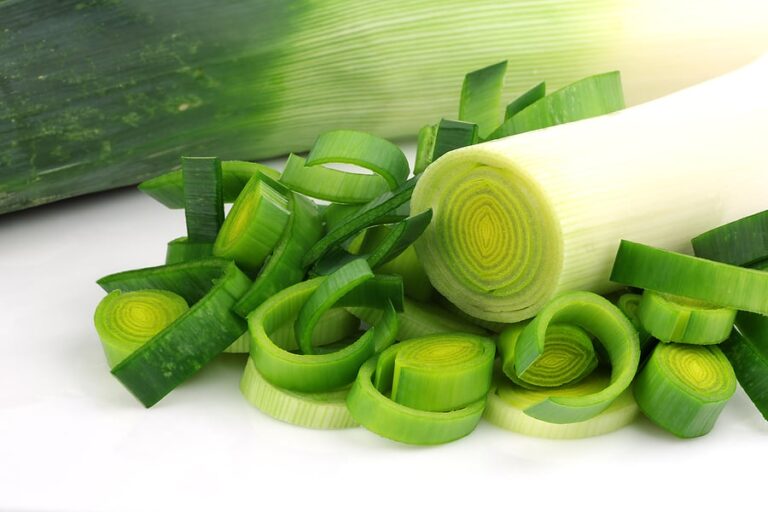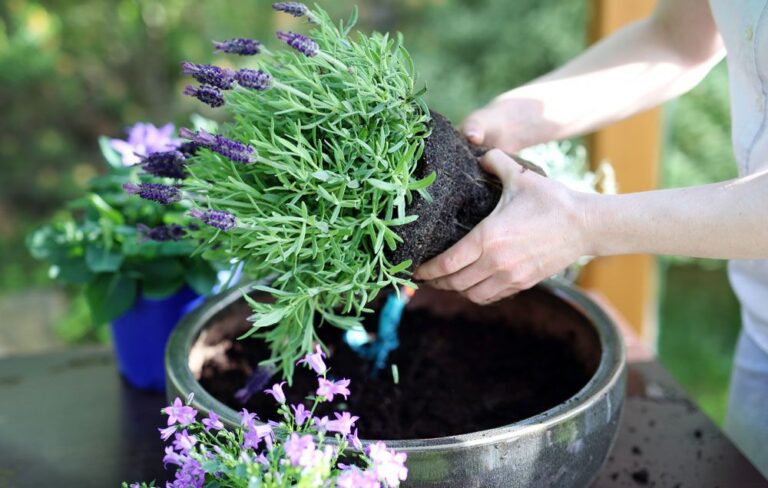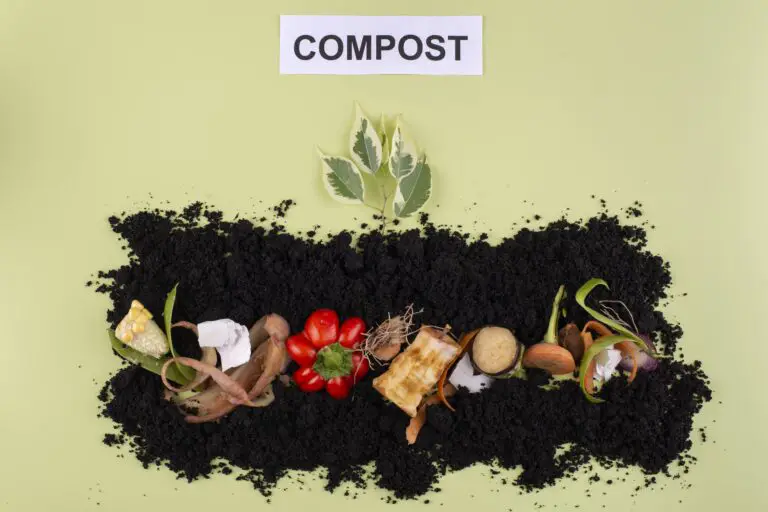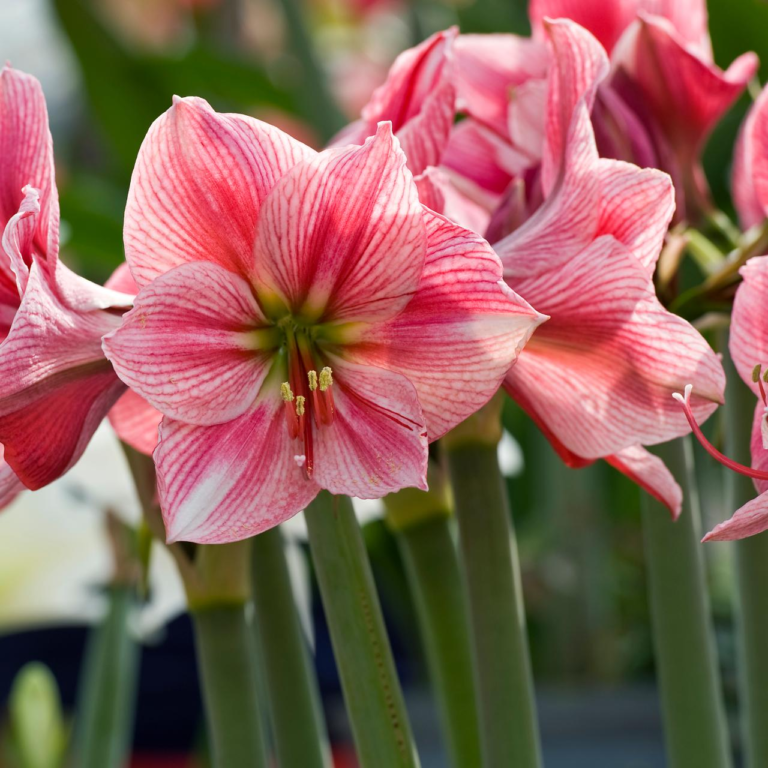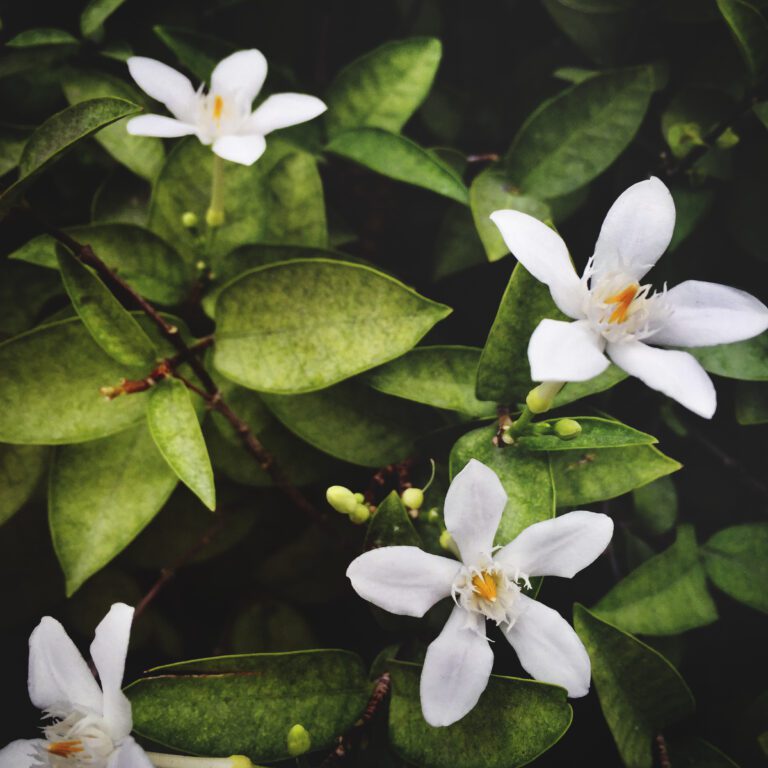UV Light for Plants: Benefits, Risks, and How to Use It Safely
Table of Contents
Understanding the Different Types of UV Light
UV light, or ultraviolet light, is a type of electromagnetic radiation that is invisible to the human eye. It is categorized into three primary types based on wavelength: UVA, UVB, and UVC. Each type of UV light has different properties and effects on plants and living organisms.
UVA, also known as long-wave UV, has the longest wavelength among the three types. It is the least harmful to plants and is commonly found in natural sunlight. UVA penetrates the plant’s tissues and is responsible for triggering various physiological processes, such as photomorphogenesis and stress responses. It also plays a role in the production of certain pigments and the regulation of growth and development in plants.
UVB, or medium-wave UV, has a shorter wavelength than UVA and is considered more damaging to plants. It can cause sunburn-like symptoms, DNA damage, and inhibit photosynthesis if plants are exposed to high doses for extended periods. However, in low doses, UVB can promote the synthesis of important compounds such as flavonoids, phenols, and antioxidants, which contribute to the plant’s defense mechanisms against environmental stressors.
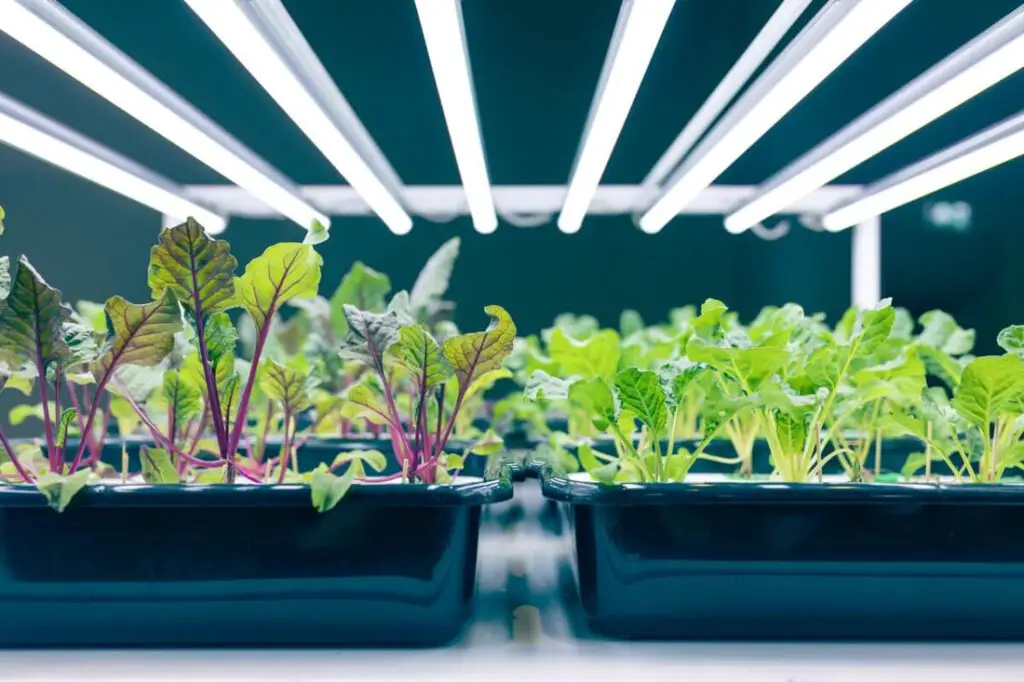
Lastly, UVC, also called short-wave UV, has the shortest wavelength and is the most harmful to plants. It is mainly absorbed by Earth’s atmosphere and does not reach the Earth’s surface in significant amounts. However, artificial sources of UVC, such as germicidal lamps, can be used for sanitation purposes in horticulture settings. These lamps are specially designed to prevent harmful exposure to humans and plants.
Understanding the different types of UV light is essential for harnessing its benefits while minimizing potential risks to plant health. By knowing the properties and effects of UVA, UVB, and UVC, gardeners and growers can make informed decisions regarding the use of ultraviolet light to optimize plant growth and development.
How UV Light Affects Photosynthesis in Plants
Photosynthesis is the process by which plants convert sunlight into energy, fueling their growth and survival. We often think of sunlight as a vital component of photosynthesis, but did you know that UV light also plays a crucial role in this process? UV light, or ultraviolet light, is a type of electromagnetic radiation with a shorter wavelength than visible light. It is divided into three categories: UVA, UVB, and UVC. While excessive exposure to UV light can be harmful, moderate amounts of UV light are actually beneficial for plants.
When it comes to photosynthesis, UV light affects plants in several ways. First, it stimulates the production of certain pigments, such as chlorophyll and carotenoids, which are essential for capturing sunlight and converting it into energy. UV light also enhances the efficiency of photosynthesis by activating enzymes involved in the process. Moreover, research has shown that UV light can increase the overall rate of photosynthesis in some plant species, leading to faster growth and higher yields. However, it is important to note that the response to UV light varies among different types of plants, with some species being more sensitive than others.
The Benefits of UV Light for Plant Health and Development
UV light is a crucial component for the health and development of plants. While excessive exposure to UV rays can be damaging, the right amount can provide numerous benefits. One of the key advantages of UV light is its ability to stimulate the production of secondary plant metabolites. These metabolites, such as flavonoids, alkaloids, and phenols, play a vital role in plant defense against pests, diseases, and environmental stresses. Moreover, they enhance the aroma, flavor, and color of fruits and vegetables, making them more appealing to both consumers and pollinators.
In addition to metabolite production, UV light also promotes stronger and more resilient plant structures. By activating the synthesis of phytohormones like auxins and gibberellins, UV radiation stimulates cell elongation and division, resulting in taller and sturdier plants. This is particularly beneficial for plants grown in hydroponic systems or those exposed to artificial light, as it helps mimic the natural growth patterns seen in outdoor environments. Furthermore, UV light can increase the thickness of leaves and enhance photosynthetic efficiency, leading to improved plant growth and development.
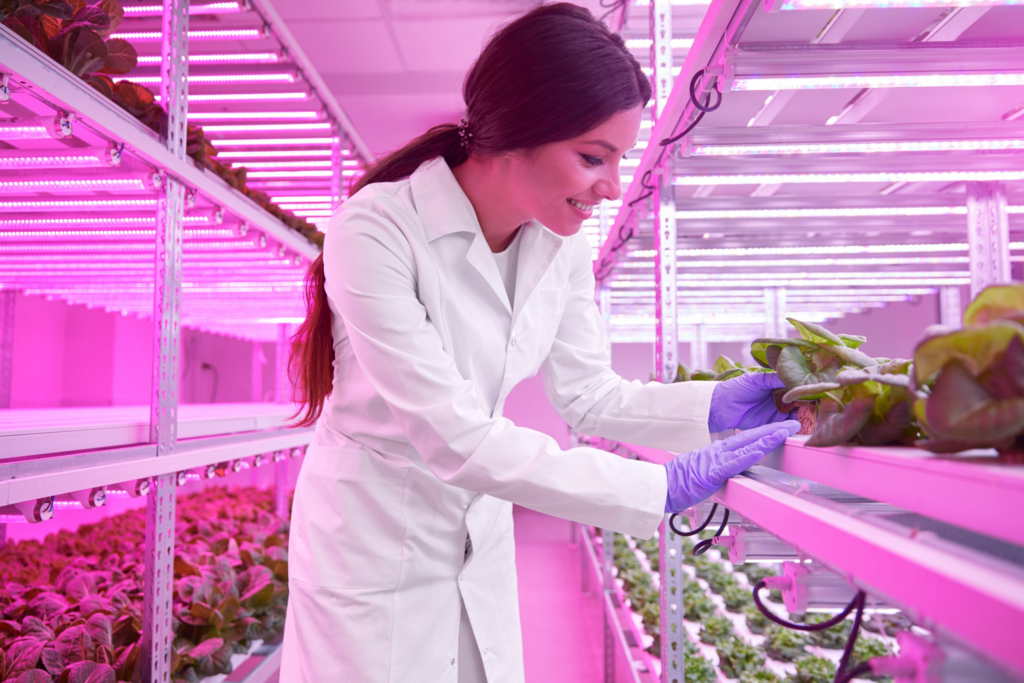
UV Light as a Natural Pest Control Method for Plants
UV light is not only beneficial for plant growth and development, but it can also be used as a natural pest control method. Many gardeners and hydroponic enthusiasts are turning to UV light to combat pests without the use of harmful chemicals. But how does UV light help in keeping pests at bay?
Firstly, it’s essential to understand that certain insects, such as aphids, spider mites, and whiteflies, are sensitive to UV light. When exposed to UV light, these pests experience damage to their DNA and reproductive systems, leading to decreased populations over time. Additionally, some studies have shown that UV light interferes with the pests’ ability to locate and feed on the plants, further reducing their impact.
Using UV light as a natural pest control method offers several advantages. Unlike chemical pesticides, UV light is non-toxic and environmentally friendly. It does not leave any residue on plants and does not pose any health risks to humans or animals. Moreover, it is easy to install and requires minimal maintenance. UV light also targets a wide range of pests, making it a versatile solution for gardens, greenhouses, and indoor plant systems.
Exploring the Potential Risks of UV Light for Plants
UV light can have both positive and negative effects on plants. While it is true that plants need some amount of UV light for optimal growth and development, excessive exposure can lead to various risks. One of the potential risks of UV light for plants is damage to the DNA and cellular structure. When plants are exposed to high levels of UV light, it can cause mutations in their DNA, which can result in stunted growth, reduced photosynthesis, and overall poor plant health. Additionally, UV light can also damage the cellular membranes of plants, leading to increased susceptibility to pests, diseases, and environmental stresses.

Another potential risk of UV light for plants is sunburn. Just like humans, plants can also experience sunburn when exposed to intense UV radiation for prolonged periods. Sunburn in plants manifests as discoloration, wilting, and in severe cases, tissue death. This can be particularly problematic for delicate or sensitive plant species that are not adapted to high levels of UV light. It is crucial for gardeners and plant enthusiasts to carefully monitor the amount of UV light their plants receive and take the necessary precautions to prevent sunburn.
In the next section, we will delve deeper into the optimal UV light intensity for different plant species and explore ways to protect plants from excessive UV light exposure. By understanding the risks associated with UV light and implementing appropriate measures, we can ensure the healthy growth and development of our plants while harnessing the beneficial aspects of UV light for their overall well-being. Stay tuned for more insights on this important topic.
The Optimal UV Light Intensity for Different Plant Species
When it comes to providing optimal UV light intensity for different plant species, it is important to consider their specific needs. Some plants thrive in higher levels of UV light, while others may be more sensitive and require lower levels. Finding the right balance is crucial to ensuring their health and growth.
One way to determine the optimal UV light intensity for different plant species is by understanding their natural environment and habitat. Plants that are native to regions with high UV exposure, such as desert plants, typically have a higher tolerance for UV light. On the other hand, plants that are native to shady forests may have lower UV light requirements.
Another factor to consider is the growth stage of the plants. Seedlings and young plants are generally more sensitive to UV light and may require lower intensity levels. As the plants mature, they can handle higher levels of UV exposure. It is important to adjust the UV light intensity accordingly as the plants progress through their lifecycle.
Overall, it is recommended to provide a range of UV light intensities and monitor the plants’ response. This can be achieved by using adjustable UV light sources, such as specialized UV LED grow lights. By observing the plants’ growth, leaf coloration, and overall health, adjustments can be made to ensure they are receiving the optimal UV light intensity for their specific needs. Remember to always consult reliable resources and seek advice from experts in plant cultivation to ensure the best results.
UV Light and its Impact on Plant Pigments and Colors
Plant pigments and colors play a crucial role in the overall health and vitality of plants. They not only enhance the aesthetic appeal of our gardens and indoor plants, but they also serve important functions in the plant’s life cycle. UV light, in particular, can have a significant impact on plant pigments and colors.
UV light is a type of electromagnetic radiation that falls outside the visible spectrum, but its effects on plant pigmentation are noticeable. When plants are exposed to UV light, they produce a class of pigments known as flavonoids. Flavonoids are responsible for the vibrant hues we see in various parts of plants, including leaves, flowers, and fruits. UV light stimulates the production of these pigments as a natural defense mechanism, helping plants withstand environmental stressors such as excessive sunlight, heat, or cold.
The impact of UV light on plant pigments and colors goes beyond aesthetics. It has also been found to influence the nutritional quality of fruits and vegetables. Studies show that plants exposed to moderate levels of UV light tend to have higher levels of antioxidants and other beneficial compounds. These compounds not only contribute to the plant’s resilience but also provide health benefits to humans when consumed. Therefore, by promoting the production of pigments and enriching the nutritional value of plants, UV light can contribute to the overall well-being of both plants and humans.
UV Light and its Effect on Plant Flowering and Fruit Production
When it comes to plant cultivation, the role of UV light in flowering and fruit production cannot be understated. UV light, particularly in the UVA and UVB spectrum, plays a crucial role in the reproductive stages of plants, leading to increased flower formation and healthy fruit development.
One of the primary effects of UV light on plants is the stimulation of flower bud development. Exposure to UV light triggers certain physiological responses in plants, including the activation of specific genes involved in flower formation. Research has shown that plants exposed to UV light exhibit earlier flowering, increased flower bud initiation, and enhanced flower size and quality. This is particularly beneficial for crops that rely on flower production for fruit development, such as tomatoes, peppers, and strawberries.
In addition to promoting flower formation, UV light also influences fruit development and quality. UV light exposure enhances the production of secondary metabolites, such as flavonoids and anthocyanins, which are responsible for the vibrant colors and health-promoting properties of fruits. These compounds not only enhance the aesthetic appeal of fruits but also contribute to their nutritional value and antioxidant content. Furthermore, UV light exposure can improve fruit firmness, shelf life, and overall taste.
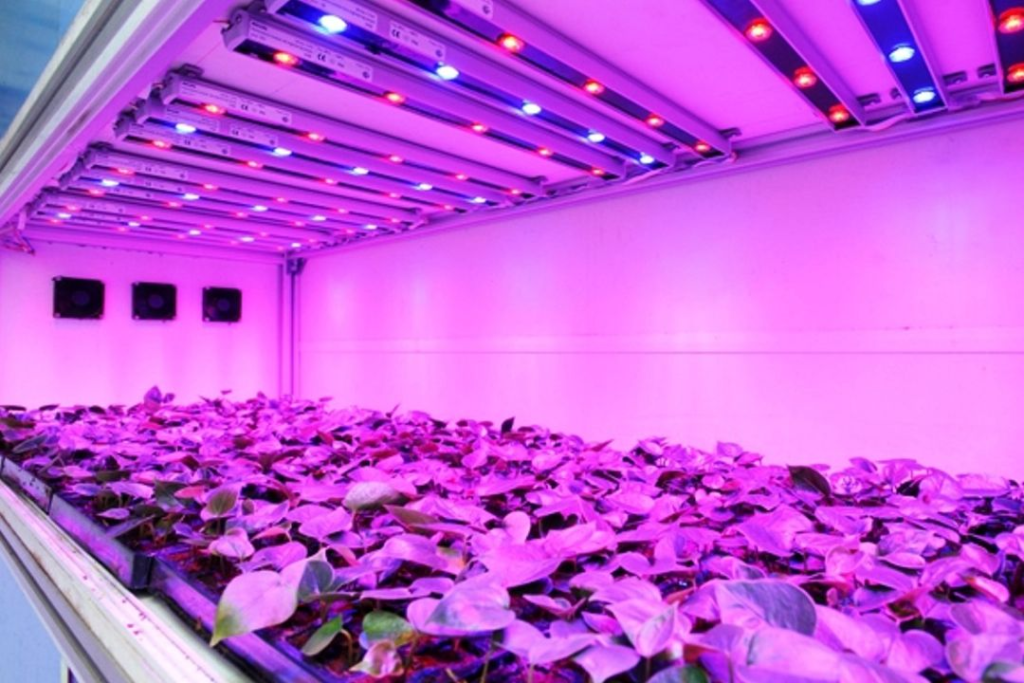
Factors to Consider When Choosing UV Light Sources for Plants
Factors to Consider When Choosing UV Light Sources for Plants
When it comes to choosing the right UV light sources for your plants, there are several important factors to consider. The first factor is the specific needs of your plants. Different plant species have different requirements when it comes to light intensity and spectrum. Some plants may require higher levels of UV light for optimal growth, while others may benefit from a lower UV intensity. It’s crucial to research and understand the specific light requirements of the plants you are cultivating.
Another factor to consider is the type of UV light source. There are various options available in the market, including fluorescent UV lamps, metal halide lamps, and LED grow lights. Each type has its own advantages and disadvantages. Fluorescent UV lamps, for example, are cost-effective and provide a broad spectrum of UV light. On the other hand, metal halide lamps offer higher UV intensity but tend to be more expensive. LED grow lights are energy-efficient and can be customized to provide different light spectra, including UV, but they may come with a higher upfront cost.
It’s also important to consider the safety features of the UV light sources. UV light can be harmful to human eyes and skin, so it’s crucial to choose lights that come with protective shields or filters to minimize the risk of UV exposure. Additionally, some UV light sources may produce excess heat, which can damage your plants if not properly managed. Look for lights that have built-in cooling systems or consider using additional fans or ventilation to regulate the temperature.
In conclusion, when choosing UV light sources for your plants, consider factors such as the specific light requirements of your plants, the type of UV light source, and the safety features included. By taking these factors into account, you can ensure that you provide your plants with the optimal UV light conditions for healthy growth and development.
The Importance of Proper Timing and Duration of UV Light Exposure for Plants
Proper timing and duration of UV light exposure are crucial factors in ensuring the optimal growth and development of plants. When it comes to UV light, more is not always better. Just like humans need a balance of sun exposure for sufficient vitamin D production without risking sunburn, plants also require the right amount of UV light to thrive.
The timing of UV light exposure depends on the stage of growth of the plant. Young seedlings, for example, are more sensitive to UV light and may require a shorter duration of exposure compared to mature plants. It is important to consider the specific needs of each plant species and adjust the timing accordingly. Additionally, plants that are already stressed or weakened may not tolerate UV light as well as healthier plants, so it’s crucial to be mindful of their condition before exposing them to UV light.
| Aspect | Importance |
|---|---|
| Photosynthesis | Timing: Provide UV light during the photosynthesis phase, typically in the morning or late afternoon. Duration: Ensure adequate exposure time to enhance photosynthetic activity and plant growth. |
| Flowering and Fruit Set | Timing: Adjust UV exposure during critical stages of flowering and fruit set. Duration: Optimize exposure to promote better flower development and increased fruit production. |
| Defense Mechanisms | Timing: Administer UV light during vulnerable growth stages. Duration: Activate plant defense mechanisms by exposing them to UV light, enhancing resistance to pests and diseases. |
| Nutrient Uptake | Timing: Coordinate UV exposure with peak nutrient absorption periods. Duration: Facilitate better nutrient uptake, leading to improved plant health and vitality. |
| Circadian Rhythms | Timing: Align UV exposure with the plant’s natural circadian rhythms. Duration: Support the plant’s internal clock, promoting overall physiological balance and health. |
| Stress Response | Timing: Apply UV light during periods of environmental stress. Duration: Induce stress responses that strengthen the plant’s ability to withstand adverse conditions. |
| Seed Germination | Timing: Introduce UV light during seed germination. Duration: Enhance germination rates and seedling development for robust plant growth. |
| UV Dosage Control | Timing: Monitor UV exposure to avoid excessive doses. Duration: Prevent potential harm by controlling the duration of UV exposure, ensuring it remains within beneficial ranges. |
| Environmental Factors | Timing: Consider local climate and daylight variations. Duration: Adjust UV exposure based on seasonal changes and environmental conditions for optimal plant response. |
| Research and Monitoring | Timing: Stay informed about the specific needs of each plant species. Duration: Regularly monitor plant responses to UV exposure and adjust timing and duration accordingly based on scientific research and observations. |
Similarly, the duration of UV light exposure should be carefully controlled. Too much exposure to UV light can lead to plant damage, such as burnt leaves or reduced growth. On the other hand, insufficient exposure may not provide the desired benefits. It is recommended to start with shorter durations of exposure, gradually increasing as the plants adapt and respond positively. Regular monitoring of the plants’ health and growth is essential in determining the ideal duration of UV light exposure for optimal results.
By understanding the importance of proper timing and duration of UV light exposure, you can ensure that your plants receive the right amount of UV light to promote healthy and robust growth. It is important to observe the plants closely, make adjustments as needed, and consult reliable sources or experts in plant cultivation for specific recommendations. Remember, striking the right balance is key to harnessing the benefits of UV light without causing harm to your prized plants.
Tips for Safely Using UV Light for Plants Indoors
Indoor gardening has gained popularity in recent years, with many plant enthusiasts turning to UV light to provide their plants with the necessary light spectrum for healthy growth. However, it is essential to prioritize the safety of both the plants and yourself when using UV light indoors. Here are some important tips to ensure the safe and effective use of UV light for your indoor plants.
First and foremost, it is crucial to choose the right type of UV light for your plants. There are three main types of UV light: UVA, UVB, and UVC. UVA is the least harmful and is often used for providing supplemental lighting to indoor plants. UVB, on the other hand, is more intense and can have detrimental effects if not used properly. UVC is the most dangerous type of UV light and is primarily used for sterilizing purposes. When selecting a UV light source, make sure to opt for UVA or UVB lights specifically designed for horticultural use. These lights are often labeled as “grow lights” and emit the appropriate spectrum required for plant growth. It’s important to avoid using UVC lights, as they can be harmful to both plants and humans.
Another crucial aspect of safely using UV light for plants indoors is the distance between the light source and the plants. UV light can be intense, and placing the light too close to your plants may cause damage. It is recommended to keep a safe distance of at least 12-18 inches between the UV light source and your plants. This distance allows for adequate coverage while reducing the risk of burn or stress to the plants. Additionally, ensure that the UV light is evenly distributed across the entire growing area to promote uniform growth and prevent excessive exposure to specific sections of your plants.
By following these tips, you can safely harness the power of UV light to enhance the growth and development of your indoor plants. Remember to choose the appropriate type of UV light, maintain a safe distance between the light source and your plants, and ensure even distribution throughout the growing area. With these precautions in place, you can enjoy the many benefits that UV light offers while keeping your plants healthy and thriving.
How to Protect Plants from Excessive UV Light Exposure
UV light can provide numerous benefits for plants, but excessive exposure can be detrimental to their health. So how can we protect our plants from the harmful effects of too much UV light? One effective method is to provide shade or shelter for the plants. This can be achieved by using shade cloths or installing structures such as pergolas or greenhouses that filter or block the UV rays. These protective measures not only reduce the intensity of the UV light reaching the plants but also provide a more controlled environment where temperature and humidity can be regulated.
Another way to protect plants from excessive UV light exposure is by applying a layer of sunscreen, yes, you heard it right – sunscreen for plants! Some commercial products are formulated specifically to shield plants from UV rays. These sunscreens are often organic-based and can be applied directly to the leaves, forming a protective barrier that reduces UV penetration. It’s important to choose a sunscreen that is safe for plants and does not contain harmful chemicals or additives that could harm or contaminate the plants. Just like we protect our own skin, applying sunscreen to plants can be an effective strategy to shield them from the damaging effects of excessive UV light.
Common Myths and Misconceptions about UV Light for Plants
Myth 1: UV light is harmful to plants
One common misconception about UV light is that it is harmful to plants. While it is true that excessive UV exposure can be damaging, moderate amounts of UV light are actually beneficial for plant growth. UV light stimulates the production of certain pigments and compounds in plants, which enhance their resistance to disease and environmental stressors. It also plays a crucial role in the process of photosynthesis, helping plants convert sunlight into energy. Therefore, it is important to strike a balance and provide plants with an optimal amount of UV light for their health and development.
Myth 2: UV light is only necessary for outdoor plants
Another misconception is that UV light is only necessary for outdoor plants. While sunlight naturally contains UV rays, indoor plants can benefit from supplemental UV light as well. In an indoor environment, where natural light may be limited, UV light can help supplement the spectrum of light that plants receive. This is especially important for plants that are grown in areas with low light conditions, such as basements or rooms with small windows. By providing indoor plants with UV light, we can help ensure they receive the necessary light spectrum for proper growth and development.
UV Light vs. Artificial Grow Lights: Which is Better for Plant Growth?
When it comes to providing the right kind of light for plant growth, the choice often comes down to UV light or artificial grow lights. Both options have their own benefits and drawbacks, so it’s important to understand which one may be better for your particular plants.
UV light is a natural form of radiation that comes from the sun. It plays a crucial role in plant development, as it helps to enhance photosynthesis, promote flowering and fruit production, and even acts as a natural pest control method. UV light is also beneficial for activating plant pigments and colors, giving them their vibrant hues. However, it’s important to note that not all plants need UV light to thrive, and excessive exposure can lead to damage.
On the other hand, artificial grow lights are designed specifically to provide the optimal light spectrum for plant growth. These lights can be customized to emit specific wavelengths of light, replicating the natural light spectrum that plants need for photosynthesis. Additionally, artificial grow lights can be adjusted in intensity and duration, allowing for precise control over the amount of light your plants receive. This can be particularly useful in indoor gardening or hydroponic setups where natural light may be limited. However, it’s crucial to choose the right type of artificial grow light for your plants, as different species have different light requirements.
Ultimately, the choice between UV light and artificial grow lights depends on your specific plants’ needs and the growing conditions you can provide. Some plants may benefit from the natural properties of UV light, while others may thrive under carefully controlled artificial lighting. Consulting with an expert or conducting thorough research can help you make an informed decision and ensure the optimal growth and health of your plants.
Case Studies: Success Stories of Using UV Light for Plant Cultivation
UV light has been widely used in plant cultivation to promote healthy growth and increase yields. Many successful case studies have shown the positive impact of UV light on various plants, making it an essential tool for gardeners and hydroponic enthusiasts.
One such success story involves the cultivation of tomato plants. Researchers conducted an experiment where they exposed tomato seedlings to a low-intensity UV light for a specific duration each day. The results were impressive, with the treated plants growing taller and producing larger, more flavorful fruits compared to their counterparts grown without UV light exposure. This success was attributed to the activation of plant defense mechanisms by UV light, which led to enhanced nutrient absorption and improved overall plant health.
Another case study focused on the cultivation of leafy greens, such as lettuce and spinach. In this trial, different UV light intensities were tested to determine the optimal level for promoting growth and nutritional value. It was found that moderate levels of UV light substantially increased the production of antioxidants and essential vitamins in the plants. Additionally, the plants exposed to UV light showed improved resistance to common pests and diseases, resulting in healthier and more vibrant leafy greens.
These success stories demonstrate the potential of UV light as a powerful tool in plant cultivation. By harnessing the benefits of UV light, growers can optimize their crop production and enhance the quality of their plants. However, it is crucial to note that the specific requirements and responses to UV light may vary among different plant species. Therefore, it is essential to conduct thorough research and consult with experts to determine the optimal UV light intensity, duration, and timing for each plant variety. Additionally, it is vital to ensure proper safety measures are in place to protect both the plants and the growers from excessive UV light exposure.
Can I use any type of UV light for plant cultivation?
No, not all UV lights are suitable for plant cultivation. It is important to choose UV lights specifically designed for horticultural purposes, such as those with the right wavelength and intensity for plant growth.
Will UV light harm my plants?
While UV light can have many benefits for plant health and development, excessive exposure to UV light can be harmful. It is important to consider the optimal UV light intensity and duration for different plant species and provide protection when necessary.
Can UV light help control pests in plants?
Yes, UV light can act as a natural pest control method for plants. It can help deter and kill certain pests, reducing the need for chemical pesticides.
How does UV light affect plant pigments and colors?
UV light can affect plant pigments and colors by stimulating the production of certain compounds, such as anthocyanins, which can enhance the coloration of flowers and fruits.
Are there any risks associated with using UV light for plants?
While UV light can be beneficial, there are some potential risks to consider. Excessive UV light exposure can cause damage to plant tissues and increase the risk of sunburn. It is important to use UV light in the proper intensity and duration to avoid these risks.
How do I choose the right UV light sources for my plants?
When choosing UV light sources for plants, consider factors such as the specific needs of your plant species, the intensity and wavelength of the UV light, and the size of your growing area.
How long should I expose my plants to UV light?
The duration of UV light exposure depends on the specific needs of your plant species. It is important to research and understand the optimal timing and duration for each plant to avoid overexposure.
Can I use UV light for indoor plant cultivation?
Yes, UV light can be used for indoor plant cultivation. However, it is important to take safety precautions and ensure that the UV light is properly positioned and controlled to prevent harm to plants and humans.
Can UV light be used as a replacement for artificial grow lights?
UV light should not be used as a replacement for artificial grow lights. UV light is just one part of the light spectrum that plants need for optimal growth. It is best to use a combination of different light sources, including UV light and artificial grow lights, to provide all the necessary light wavelengths for plant growth.
Are there any myths or misconceptions about UV light for plants?
Yes, there are several myths and misconceptions surrounding UV light for plants. One common misconception is that plants need long periods of UV light exposure, which can actually be harmful. It is important to separate fact from fiction when it comes to using UV light for plant cultivation.

Pallavi Gupta is a burgeoning writer at SouthElMonteHydroponics, blending her passion for data analysis with a keen interest in biotechnology. Currently pursuing a Bachelor’s in Biotechnology at Amity University, Pallavi delves into the intricacies of life sciences while gaining hands-on experience in the exciting world of data analysis. Her unique background provides a fresh perspective on hydroponic farming, as she explores the intersection of biotechnology and sustainable agriculture. Through her writing, Pallavi aims to bridge the gap between data-driven insights and innovative farming practices, inspiring others to harness technology for a greener future.


